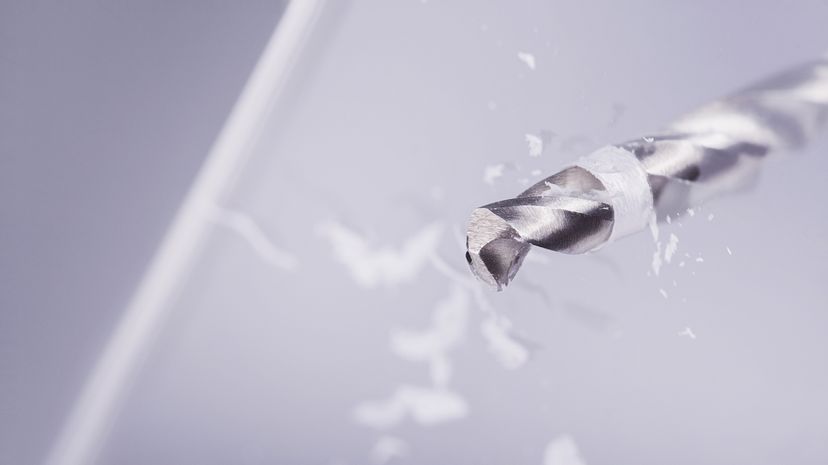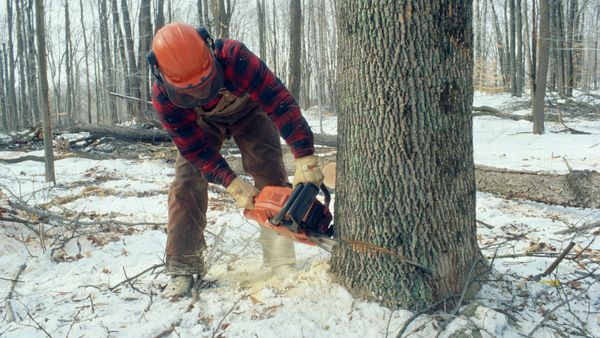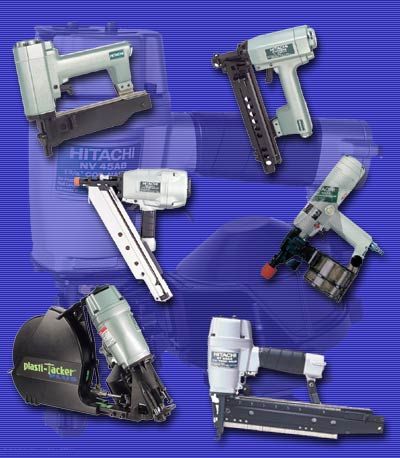Drilling glass safely and successfully requires investing in the right tools. The right tool selection not only makes the process a lot smoother, but also minimizes the risk of breaking the glass or sustaining an injury. Here's a breakdown of the essential tools required:
Drill Bits
As mentioned earlier, finding the right drill bit is essential. Fortunately, glass drill bits are widely available and relatively affordable. DIYers have three choices, including:
- Diamond-tipped drill bits: Boasting unmatched durability and hardness, diamond tips are the gold standard for professionals who frequently drill glass [source: Hodgins].
- Carbide-tipped glass and tile bits: A more affordable option, ideal for less frequent use.
- Spear-headed glass drill bits: Outfitted with a spear-like shape, spear shaped bits are great for precision glass drilling.
Drilling Machine
Here, craftsmen are left with two options, a standard power drill and a drill press. A regular power drill can work fine if outfitted with the right drill bit, though you'll want to stick to lower speeds to prevent overheating and cracking the glass object.
A drill press is ideal. These reliable drilling machines are designed to ensure stability and precision. If you plan on doing a lot of drilling, or require larger holes, you should consider investing in a reliable drill press.
Additional Tools
Having a power drill that's outfitted with the right drill bit is only half the battle. In addition to those workshop staples, you'll likely need lubricating oil or water to prevent overheating and cracking. This can be accomplished by dousing the surface of the glass with a steady stream of liquid, or by dipping the drill bit in water periodically.
Fine-grit sandpaper or a diamond file will help with finishing and smoothing. And, as with all DIY projects, but especially when working with glass, safety gear is essential. Invest in a well-fitting pair of safety glasses, a dust mask, and a set of gloves.


